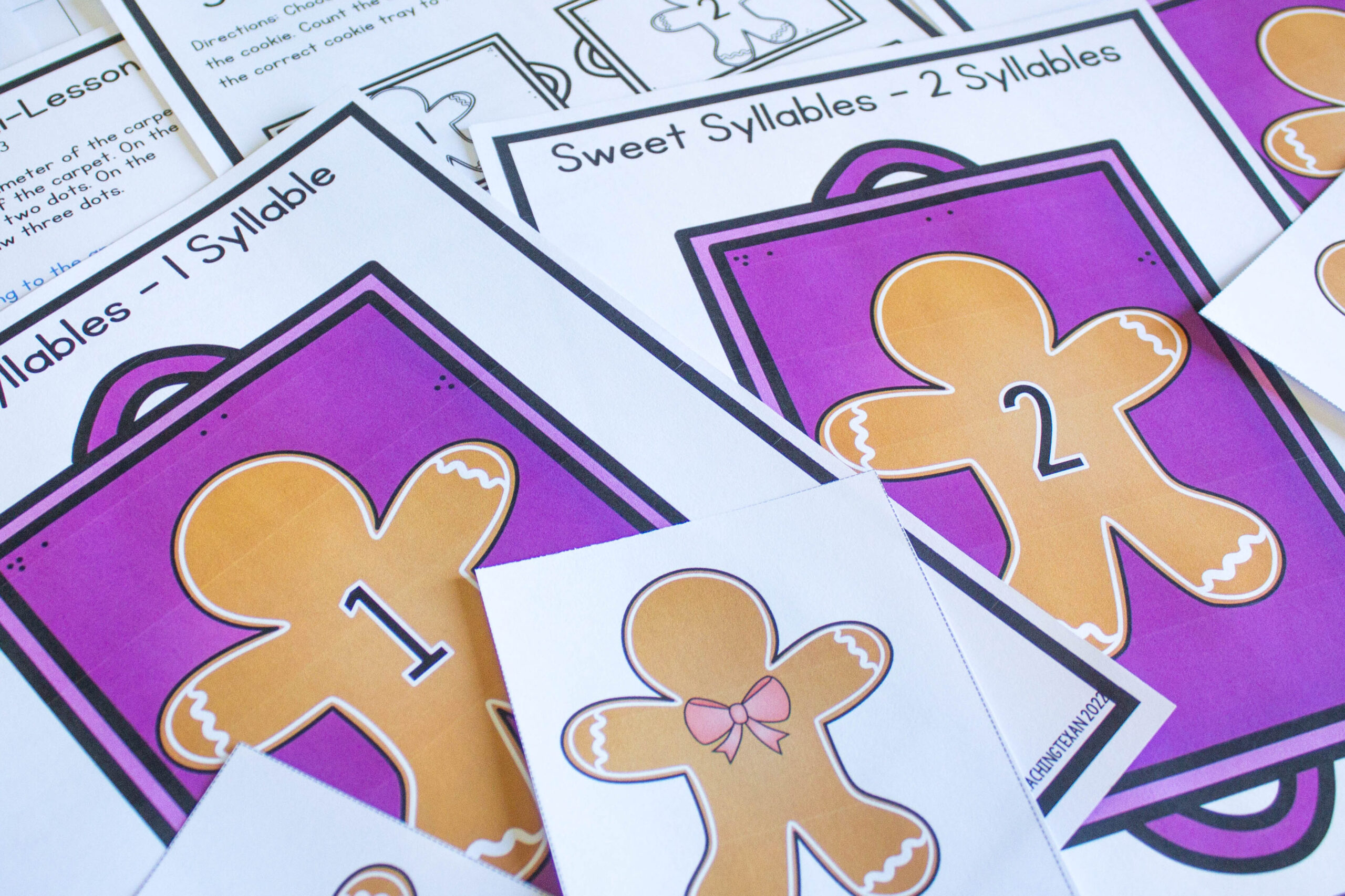Quick Tips to Actually Build Phonological Awareness During Structured Literacy
OK friends, at this point it’s no secret that developing phonological awareness in our young readers is imperative to their success as a reader. These skills absolutely are taught whole group, but lets face it… some kids need additional practice in a small group setting, like structured literacy, to master these skills.

To keep things simple, I’m going to share ONE quick tip for each of the areas below and share them in an order that increases in difficulty, ending with phonemic awareness skills. We’ll start at the word level and gradually break the words apart until we are at the phoneme level.
I’ll also link some helpful posts for you throughout that will give you more depth into each of these areas.
Rhyming and alliteration: after introducing what rhyming pairs are in a whole group setting, a quick way to practice this with students is to remind them of what they’ve learned and practiced with word families. Word families are one of my favorite ways to practice the skill of rhyming! I’ll pull words from our class anchor chart for this activity and give the students two words that are either rhyming pairs or non-rhyming pairs and they’ll give me a thumbs up or down.
As students get comfortable identifying if words rhyme or not, they can begin to advance into creating their own rhyming pairs. I love our word family crafts that students complete as a center while I pull literacy groups as an additional check in for how they are doing with creating rhyming pairs.
Click here for more simple ideas to practice identifying or producing rhyming and alliteration.
Syllables: I like to start our syllable work out by having students blend syllables. Start with 2 syllable words and give students 2 unifix cubes. Tell them the two syllables you want them to blend together (ex: cac / tus) and have them push their cubes together while saying the whole word (cactus). From there students can advance to segmenting syllables using clapping/hand under chin or other strategies.
Click here for more easy to implement ideas for syllables and sentence segmentation.
Onset-rime: Here we are going to further break down syllables into onset and rime. A quick way to do this is to use animal picture cards that students will sort with you (think animals that live on land and animals that live in water). Give the students the onset (/c/) then rime (/at/) and have them blend together to form the word (cat). Students can then find the picture for that animal and place it into the land animals pile. As students gain independence and understanding with blending onset and rime you can transition them to segmenting these word parts.
Identifying beginning, ending, then middle sounds: We’ve finally arrived at the phoneme level which – you guessed it – is where things start to get more challenging for students, but in a good way! Here I recommend using picture cards (although pictures aren’t required) where students identify the beginning sound (or ending once they’ve mastered beginning sounds followed by middle) and sort them into groups with the same beginning sound.

Blending and segmenting words: Hands down my favorite activity for this are sound boxes and manipulatives. Students manipulative counters to either blend or segment sounds.
Manipulating sounds in words: We’ve arrived at the holy grail of phonological awareness. The ability to manipulate sounds in words is called phonemic awareness and is the top level – and where we want to help all of our students get to. I love using word ladders to have students practice changing one sound in a word to create a new word.
Click here for more easy-to-use ideas for manipulating sounds in words.
While sharing quick ideas for every aspect of phonological awareness isn’t possible in a single blog post, I hope these tips are helpful for you and get you and your students some wins during structured literacy time. If you’d like more done for you lessons and ideas, check out my Phonological and Phonemic Awareness Bundle by clicking right here.




